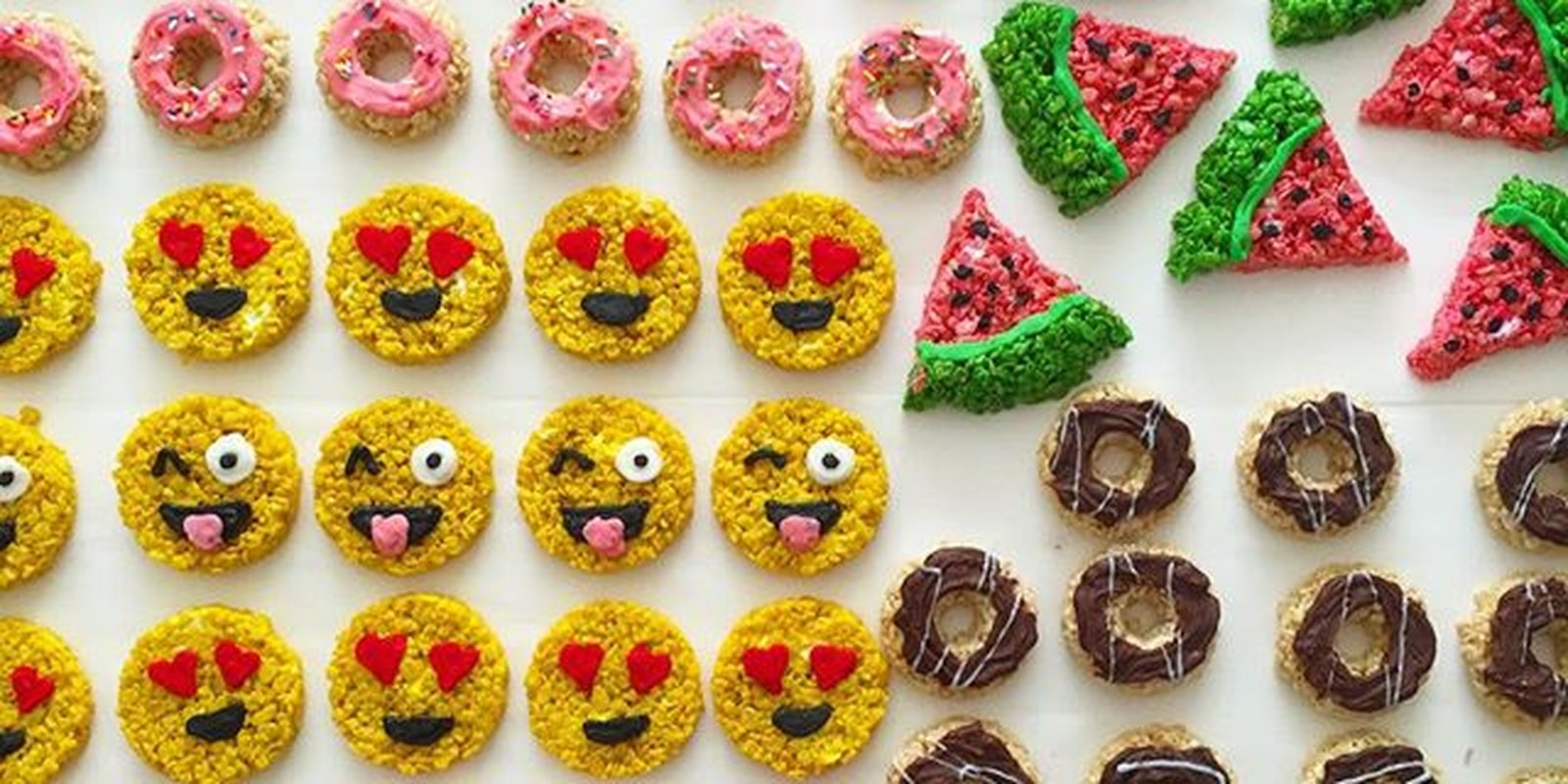Instagram may be the perfect medium for food porn, but we’ve all seen amateur shots that are more cringe-worthy than crave-worthy. The hashtag #foodporn produces over 69 million results, some of which look like they belong under #foodscorn. A bad choice of lighting, placement or filter can be the difference between your eggs Benedict looking decadent on IG or like the Loch Ness monster.
But worry not, you don’t have to be Diane Arbus to produce decent shots of paella or pancakes. You don’t even need a fancy camera. Maria Licthy, of the popular food blog Two Peas and their Pod, said she alternates between her iPhone 6 and Canon 7D. Her blog’s Instagram account only contains photos she took with her phone.
Here are some more useful tips on how to get the best shots of food for Instagram.
1) Go easy on the filter
As much as Instagram’s latest updates open the field for a seemingly infinite amount of photo experimentation, the new features make it even easier for a clueless photographer to make a bad choice.
Instagram now has a total of 27 filters that range from a hazy, vintage Reyes to a Juno that tints cool tones green. Editing tools let you tweak the brightness, color, contrast, saturation, and sharpness of your photos. Also, there are options to fade your photos for an “aged film effect”, as well as to add shadows or highlights.
For example, here’s a relatively normal, unfiltered photo of a plate of banana crepes I ordered at the Bayside Skillet in Ocean City, Maryland.
https://www.instagram.com/p/9KOq9TTAUK/
“Although I don’t use filters except very occasionally, I think they’re fine if they’re not overdone. Instagram is a creative medium, after all, so if filters help you to tell the story you’re trying to tell, then go for it,” Avila told the Daily Dot.
As Epicurious notes, there’s no one fail-safe Instagram filter for food. The brightening Amaro filter, for example, can come in handy while at a dimly-lit bar, but under normal lighting make your food look washed out. Dramatic filters such as Lo-Fi, X-Pro II, or Hefe could be overkill for foods that already have vibrant hues. Vintage filters like Reyes or Nashville are probably just for your summer music festival selfies.
Some photographers forgo the Instagram pre-set filters entirely and just rely on the app’s editing tools. In order to do this, just open your photo on Instagram and click on the wrench icon.
While some food photographers voice a preference for other editing apps such as Snapseed, both Lichty and Avila said they tend to pretty much stick to Instagram these days.
“The filters and editing have gotten better in Instagram,” noted Lichty.
2) Avoid flash and use natural light
https://www.instagram.com/p/4aB6upqVBq/
When she’s shooting outside, Siskin photographs in the late afternoon and avoids the direct sunlight.
That being said, Avila warns against getting too close.
“Don’t hold the phone too close to your food. Make sure the subject is in focus,” Avila said.
If you’re using Instagram’s default camera, you can tap the screen to locate the best focus and exposure. Once you find the subject with the best exposure and focus, tap and hold that location on the screen. The blue focus box will surge and blink twice. You can then release your finger. You’ll see the text “AE/AF Locked” at the bottom of the screen.
Lastly, don’t be afraid to experiment. Try positioning your food in one corner of a frame, or experiment with negative space.
“Don’t be afraid to try new angles. Take close up and overhead shots. Make sure your photo tells the story,” said Lichty. After all, you only have to post your best photos.
https://www.instagram.com/p/5au1u_TAVg/
Photo via Misterkrisp/Instagram



